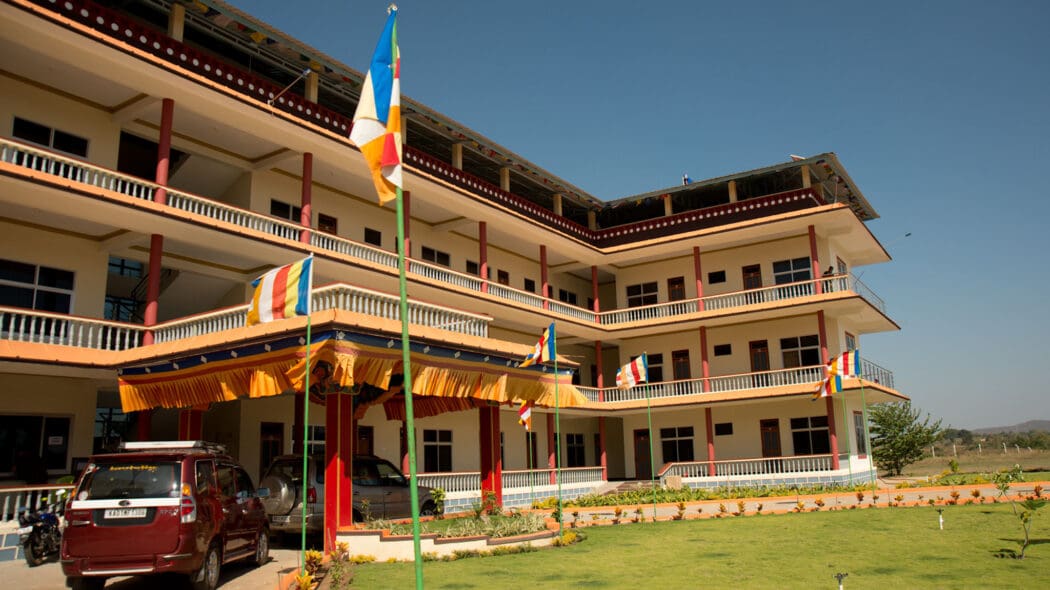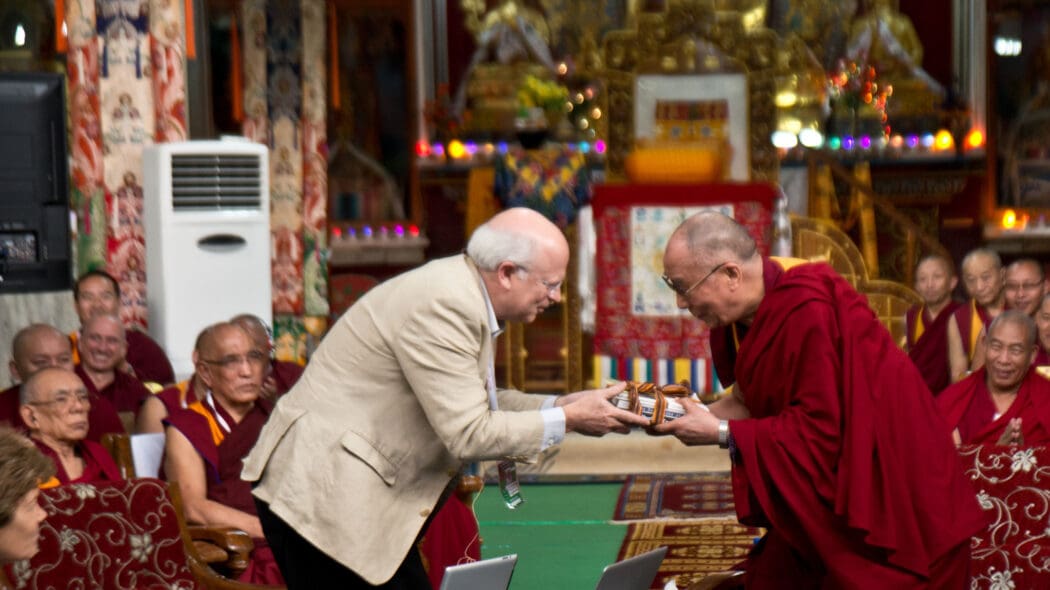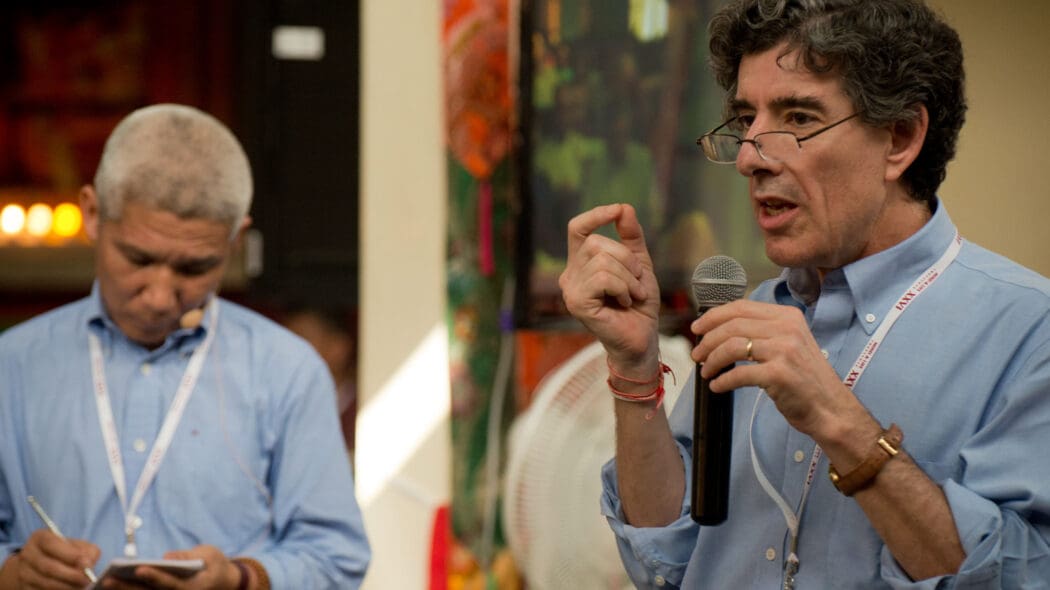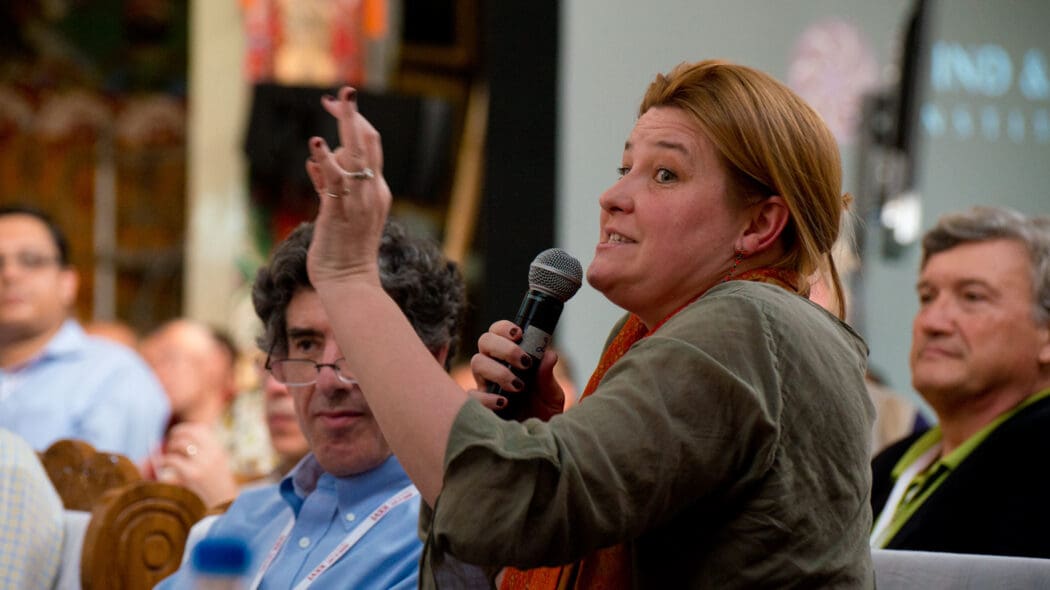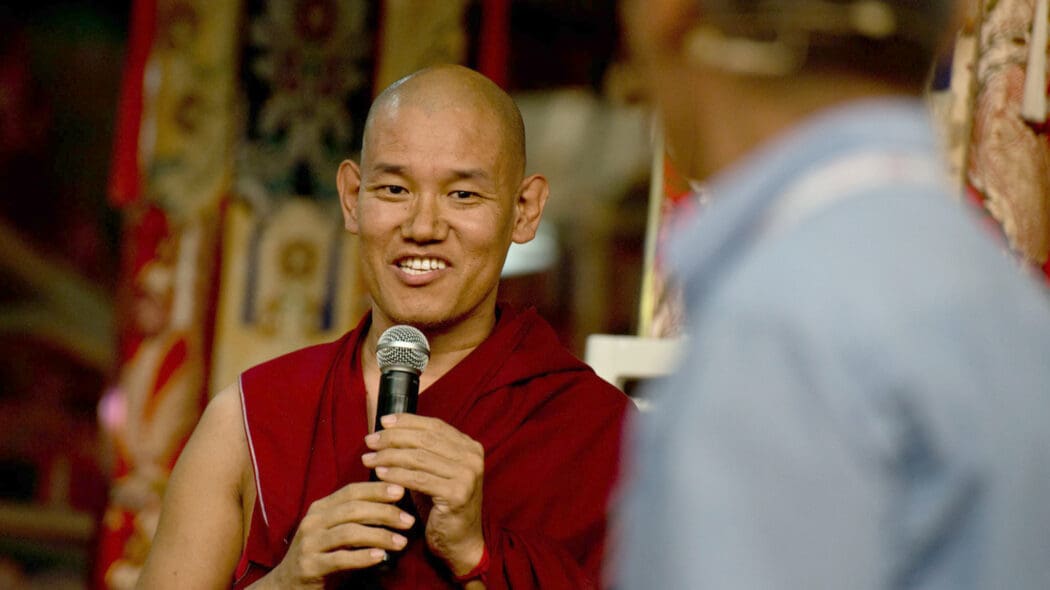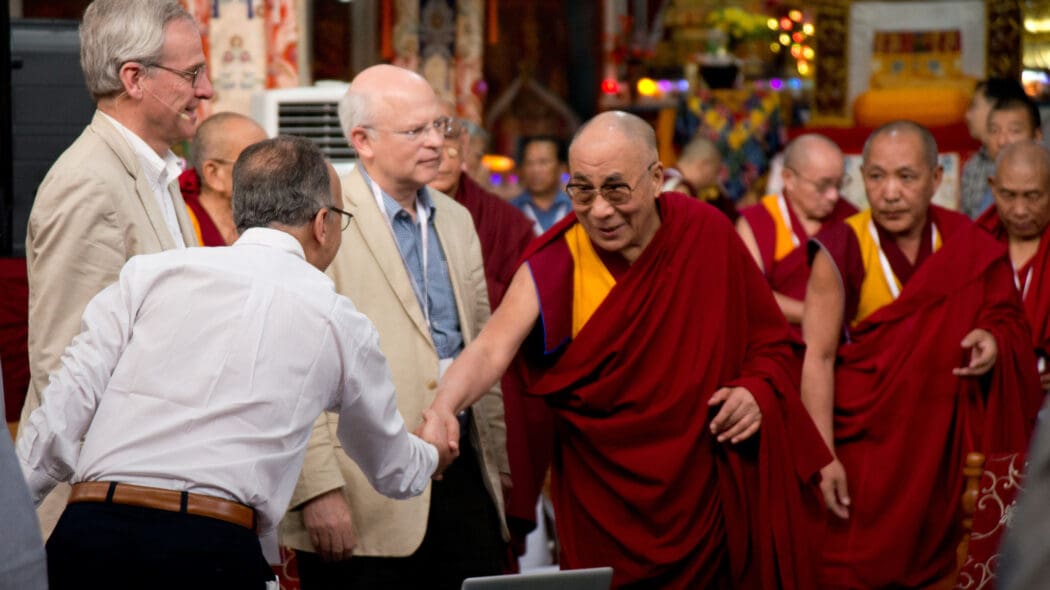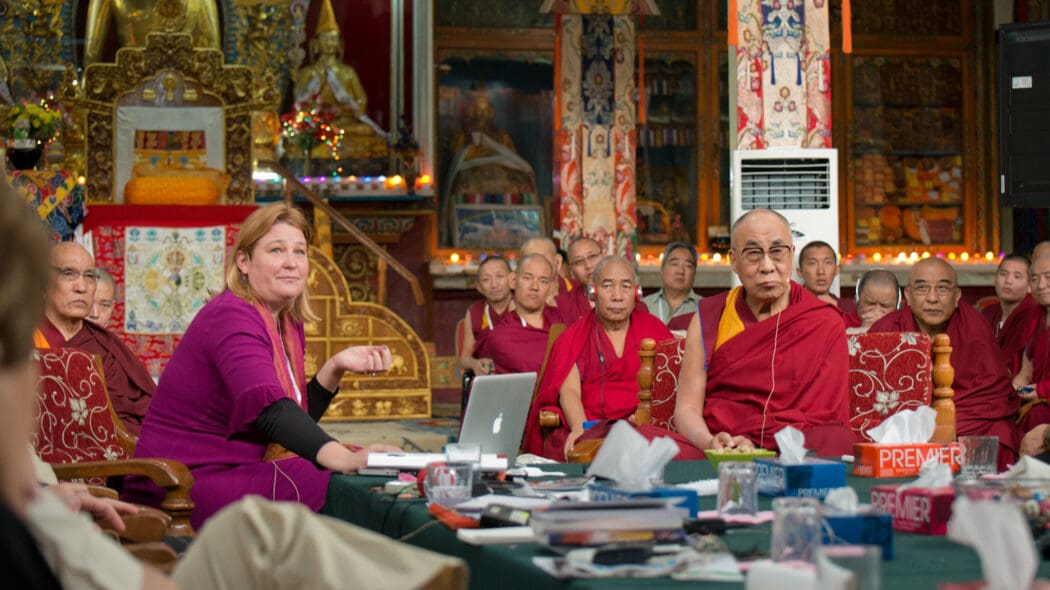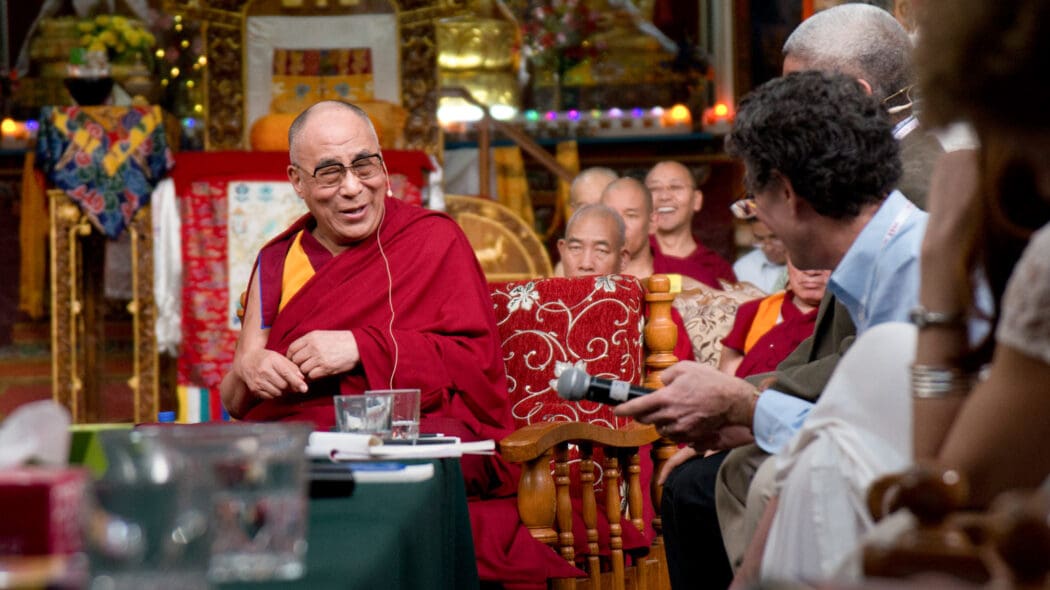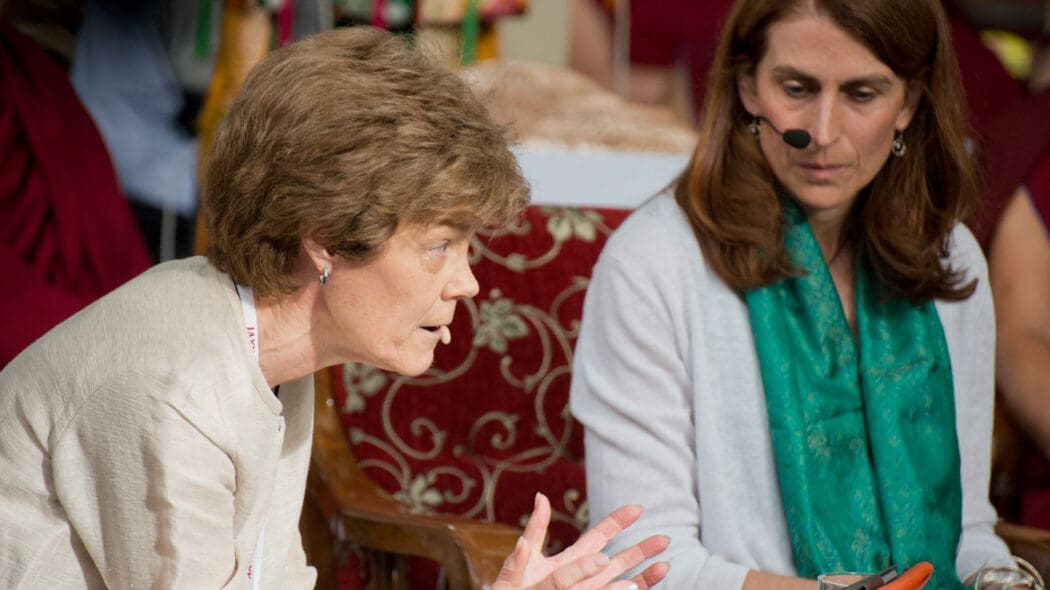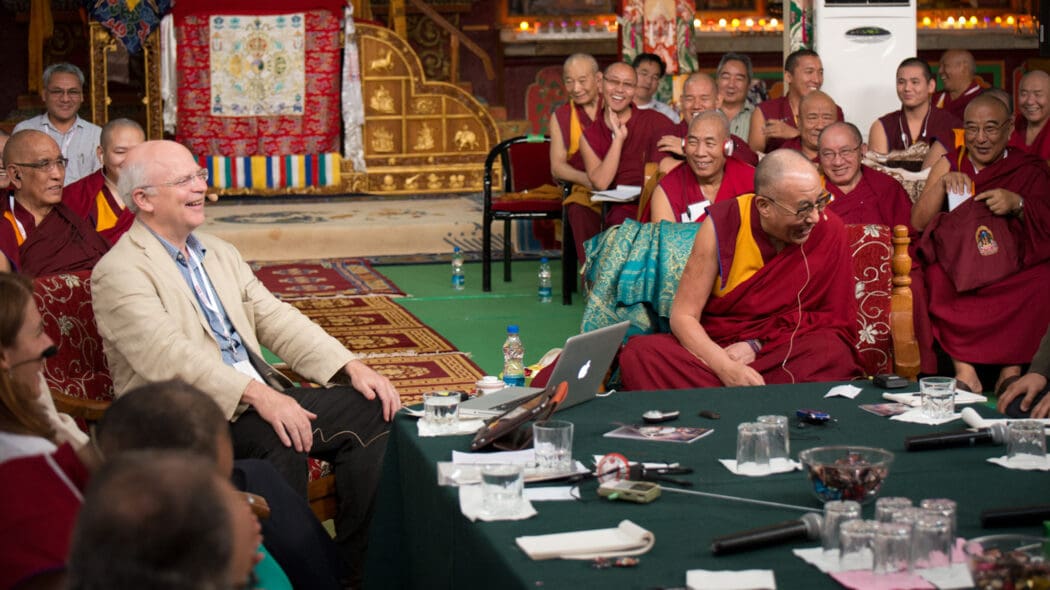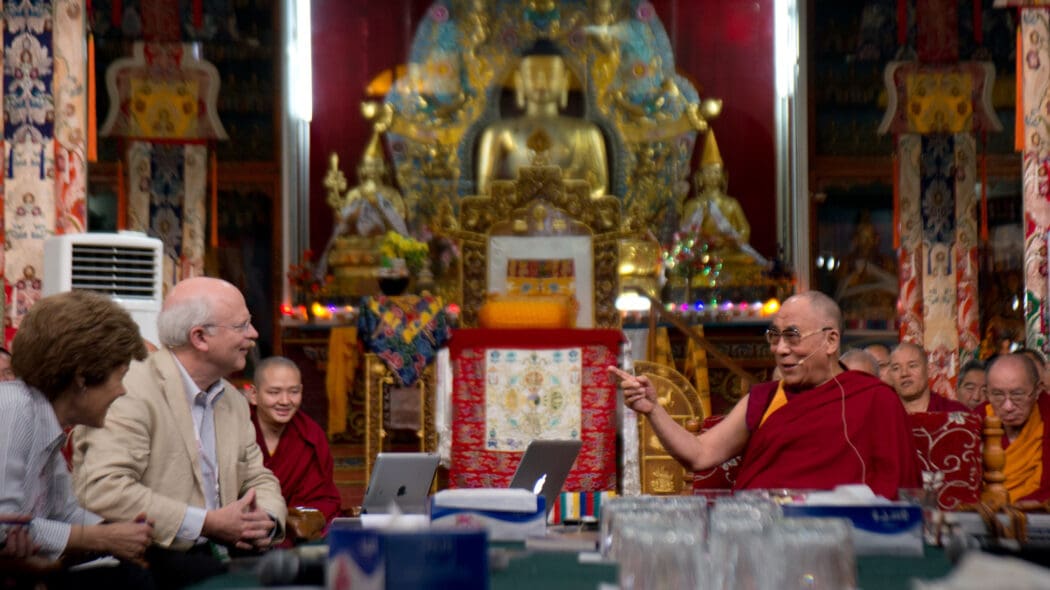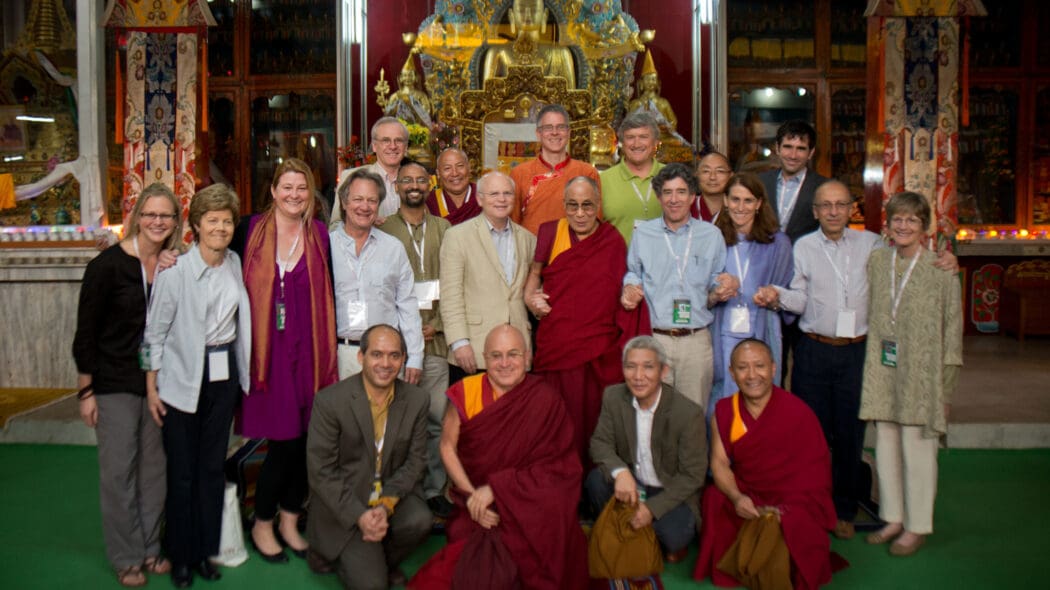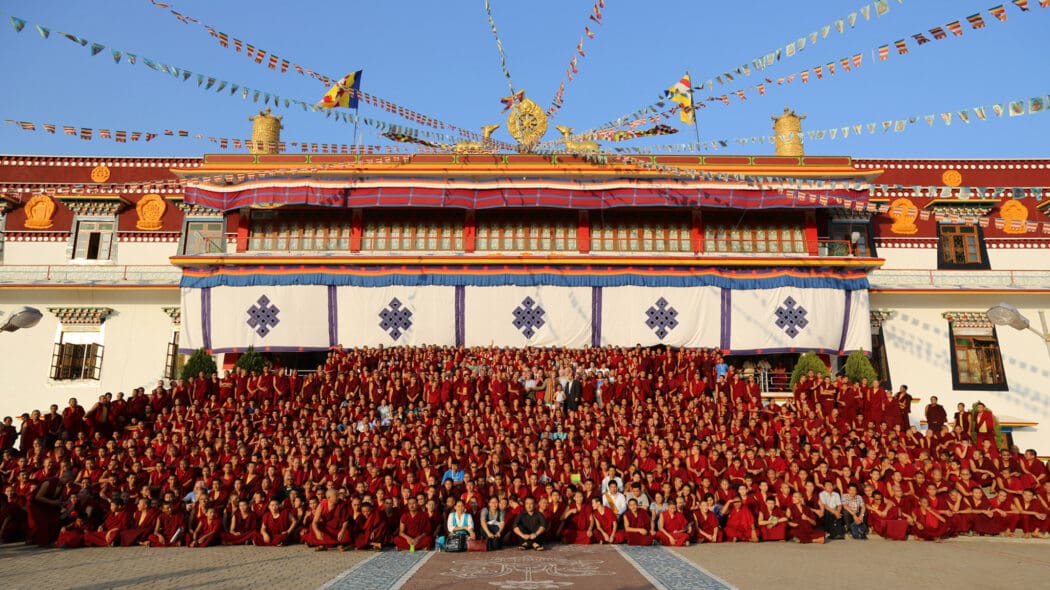Mind, Brain, and Matter
Mind, Brain, and Matter
Critical Conversations Between Buddhist Thought and Science
This landmark six-day event, convened at the specific request of the Dalai Lama, brought together 20 of the world’s foremost scientists and philosophers with senior Tibetan scholars. Several thousand monks and nuns from numerous Tibetan monastic centers of learning were in attendance. In addition to critically engaging in important questions of mutual interest and challenge such as the fundamental nature of our physical world, the problem of consciousness, the nature and workings of our mind, and the interface of contemplative practice and scientific research, this conference also aimed to offer an educational forum, whereby the monastic students could learn about the historical development of science, and how science has come to shape the way we understand our world.
Dialogue Sessions
Participants
Honorary Board Chair
- His Holiness the Dalai Lama
Interpreter
- Thupten Jinpa, PhD
Moderator
- Roshi Joan Halifax
Panelists
- His Holiness the 14th Dalai Lama
- Michel Bitbol, PhD
- Khen Rinpoche Jangchup Choeden
- Richard Davidson, PhD
- Sona Dimidjian, PhD
- James R. Doty, MD
- John Durant, PhD
- Anne Harrington, PhD
- Wendy Hasenkamp, PhD
- Thupten Jinpa, PhD
- Bryce Johnson, PhD
- Geshe Lhakdor
- Rajesh Kasturirangan, PhD
- Christof Koch, PhD
- Geshe Dadul Namgyal
- Lobsang Tenzin Negi, PhD
- Vijayalakshmi Ravindranath, PhD
- Matthieu Ricard, PhD
- Geshe Ngawang Samten
- Tania Singer, PhD
- Aaron Stern
- Diana Chapman Walsh, PhD
- Carol Worthman, PhD
- Arthur Zajonc, PhD

